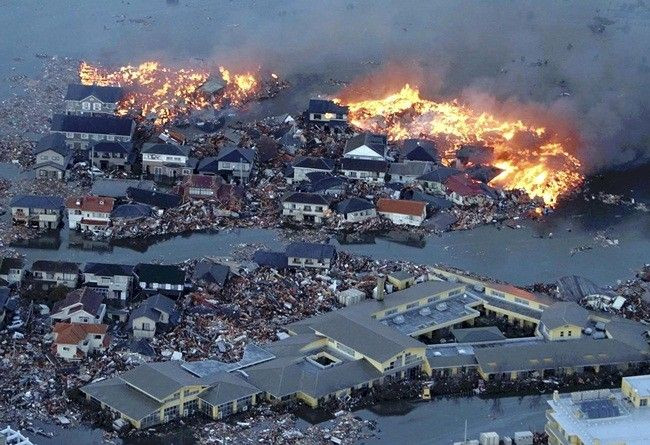Earthquakes Causing Rapid Sea Level Rise, New Study Reveals

A new study has revealed that massive earthquakes are bigger threats than global warming when it comes to sea level rise. The researchers were able to come up with their findings after studying the effect of the earthquake that hit Samoa in 2009 on the sea level.
One Sept. 29, 2009, a magnitude 8.1 earthquake rocked Samoa. It was the largest recorded earthquake of the year and even triggered a tsunami that caused substantial properly damage and loss of life in Tonga, American Samoa and Samoa.
A decade later, a team of researchers released a study revealing the subtle yet significant effect of the earthquake on the region. Their study was published in the Journal of Geophysical Research: Solid Earth.
According to the study, the tectonic movement of the earthquake caused certain land masses to sink, resulting in the rise of sea levels along the coastal regions of Samoa and American Samoa.
After comparing the state of these regions’ land area during pre and post-earthquake periods, the researchers discovered that the water level increased five times faster than the global average. The researchers noted that the global average already takes into account the effect of climate change on sea level rise.
“Before the earthquake, American Samoa was experiencing sea level rise that was roughly equal to the global average,” lead author Shin-Chan Han of the University of Newcastle in Australia said in a statement. “But after the earthquake, the rate drastically increased.”
Han and his team emphasized that the findings of their study clearly indicate how much more dangerous earthquakes are compared to climate change when it comes to sea level rise. According to the researchers, earthquakes have more lasting effects than global warming.
“Many Pacific islanders are concerned with the effect of contemporary climate change,” the researchers wrote. “This study illustrates an example of how earthquake-induced (post-seismic) deformation could worsen the ongoing problem of sea level rise in the Samoan Islands.”
“Additionally, land subsidence could last a few decades and surpass the rate of sea level rise associated with climate change,” they added.
According to Han and his team, there is a need to update the global sea level records each time a major earthquake occurs. Doing so can provide a better understanding on the correlation between earthquakes and sea level rise.
© Copyright IBTimes 2025. All rights reserved.





















